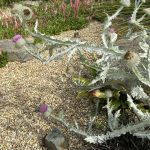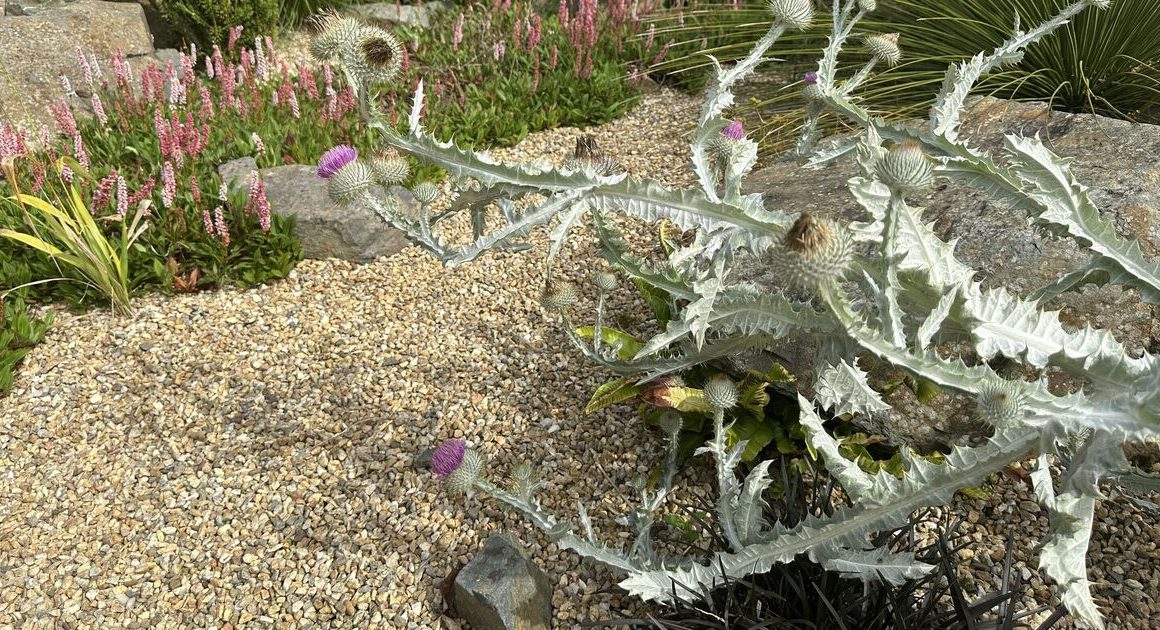Lawns that boast a vibrant emerald green hue are a thing of dreams for many gardeners and can even spark envy among their neighbours.
Thankfully, achieving such a lawn requires minimal effort, although it involves more than just sporadic mowing and watering.
However, many gardening enthusiasts are unknowingly undermining their lush green spaces by making common blunders.
So, what pitfalls should you avoid to maintain a healthy lawn? Oliver Johnson, a gardening guru from HomeAdviceGuide.com, has dished out advice on typical lawn care errors made by homeowners and how to sidestep them.
Oliver also provides some straightforward maintenance tips to keep your turf in tip-top condition.
One major faux pas is overwatering the lawn, which can be “disastrous”, the expert cautions.
Excessive watering can lead to waterlogging, hampering root growth. In wet conditions, additional watering might not be necessary.
However, with the UK set for hot weather over the next few days, aim for about an inch of water weekly to keep the lawn quenched without causing a flood.
Another big no-no is scalping the lawn, which Oliver says is a “recipe for disaster”. Cutting the grass too short may seem like a shortcut, but it actually “stresses the grass” and leaves it susceptible to diseases, drought, and pests.
Chris Bonnett, the founder of Gardening Express, has warned that when dealing with long grass, the “worst mistake you can make” is cutting it too short as this can damage the roots, encourage weeds and damage lawnmowers.
He advises aiming for a height of around three inches to ensure the grass retains its top growth, which keeps it strong and resilient.
When it comes to fertilising, balance is key. Using the wrong fertiliser or applying incorrect amounts can “cause damage” and be “detrimental”, says Oliver.
Another essential but often overlooked aspect of lawn care is aeration, which is “crucial” for “healthy growth”.
Aeration involves poking holes in the soil to allow water and nutrients to penetrate more effectively, an important step for compacted or clay-heavy soils. This can be done using a manual aerator or even a garden fork.










